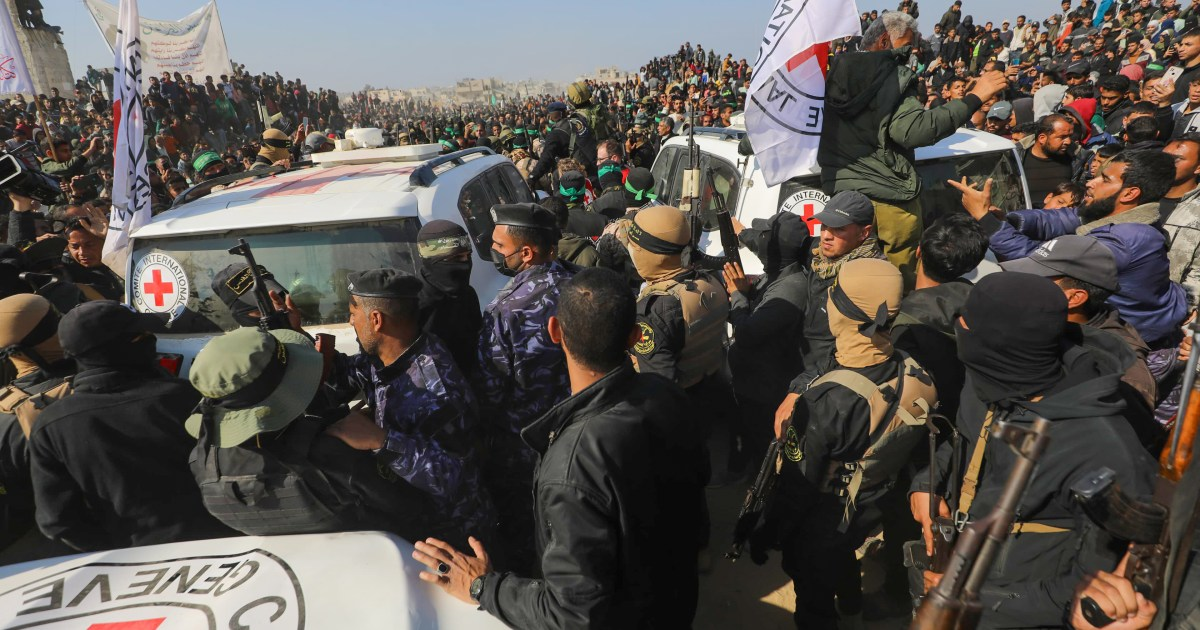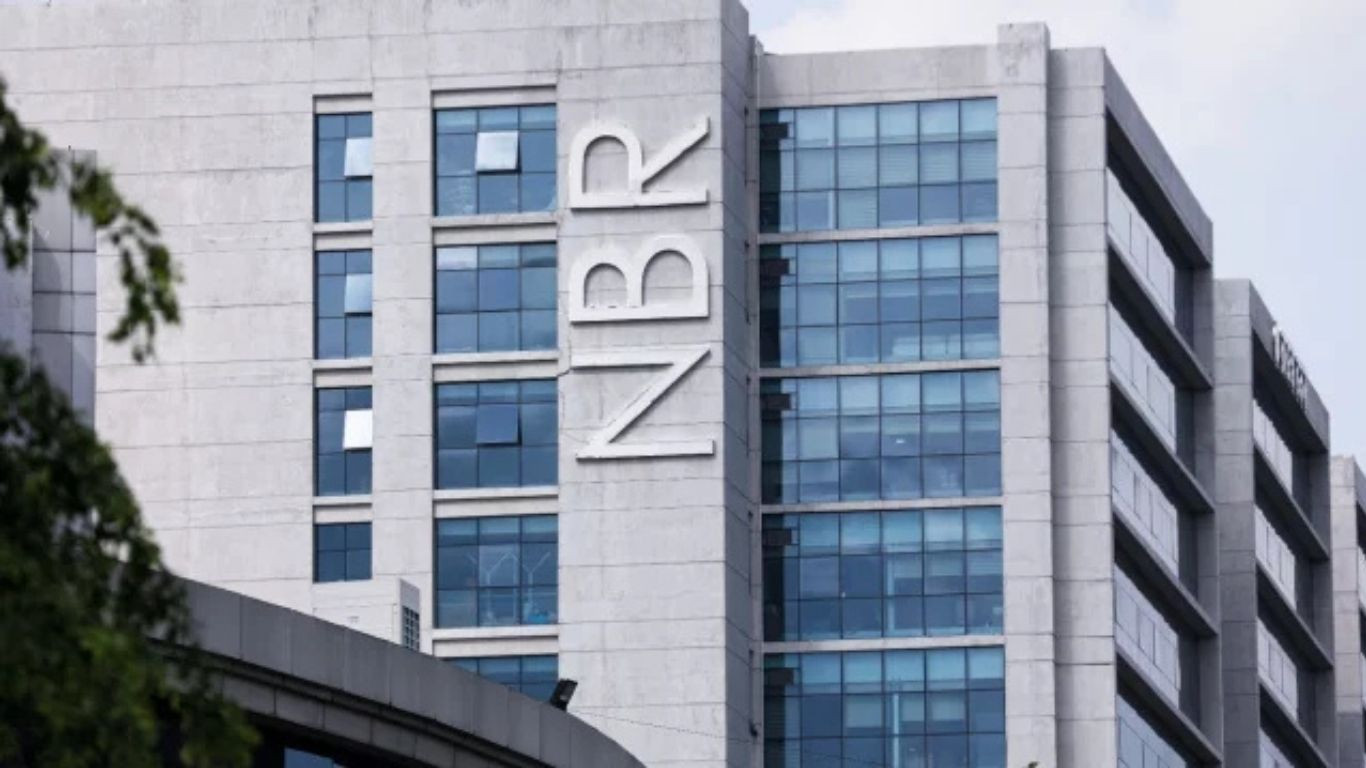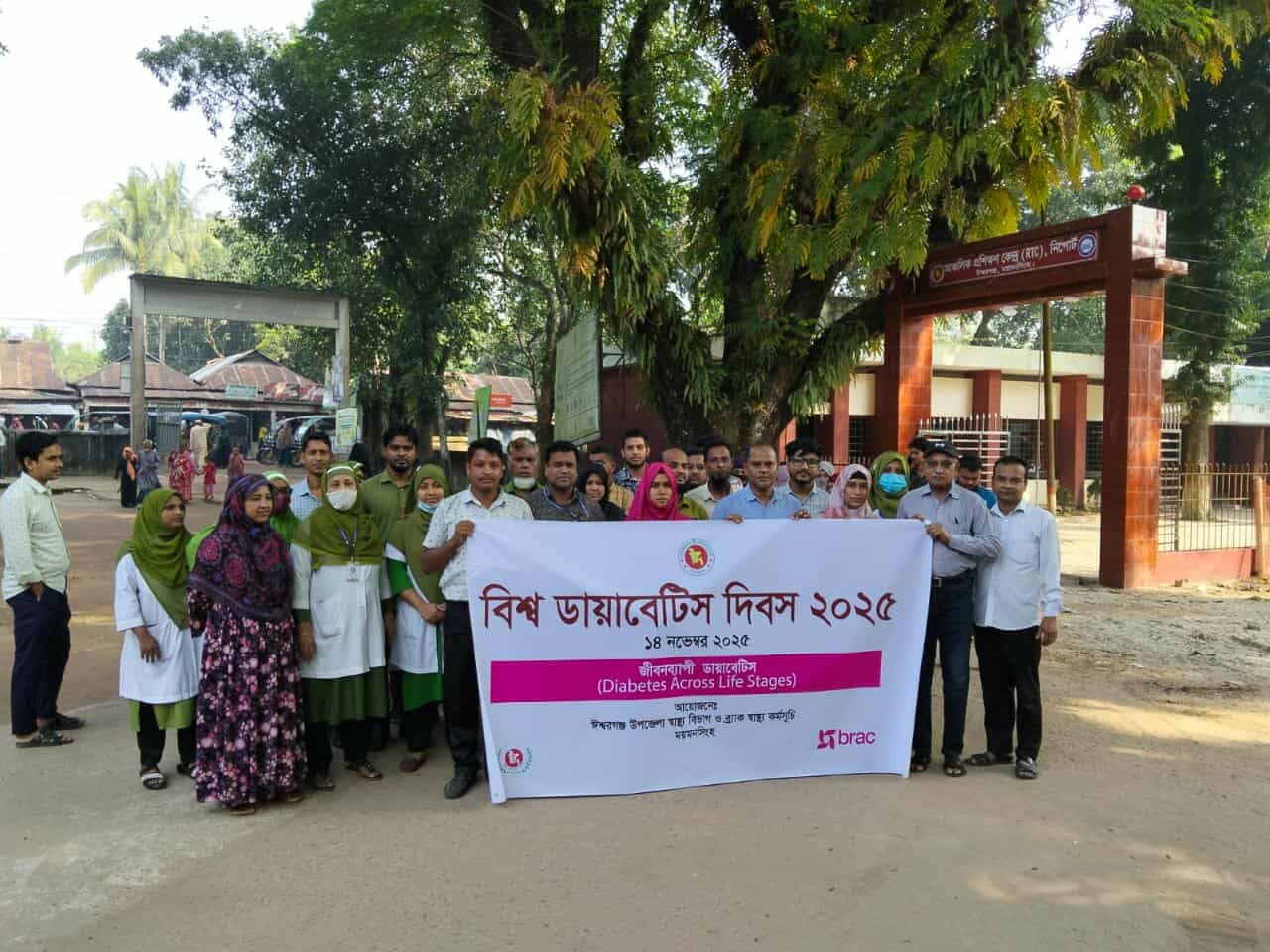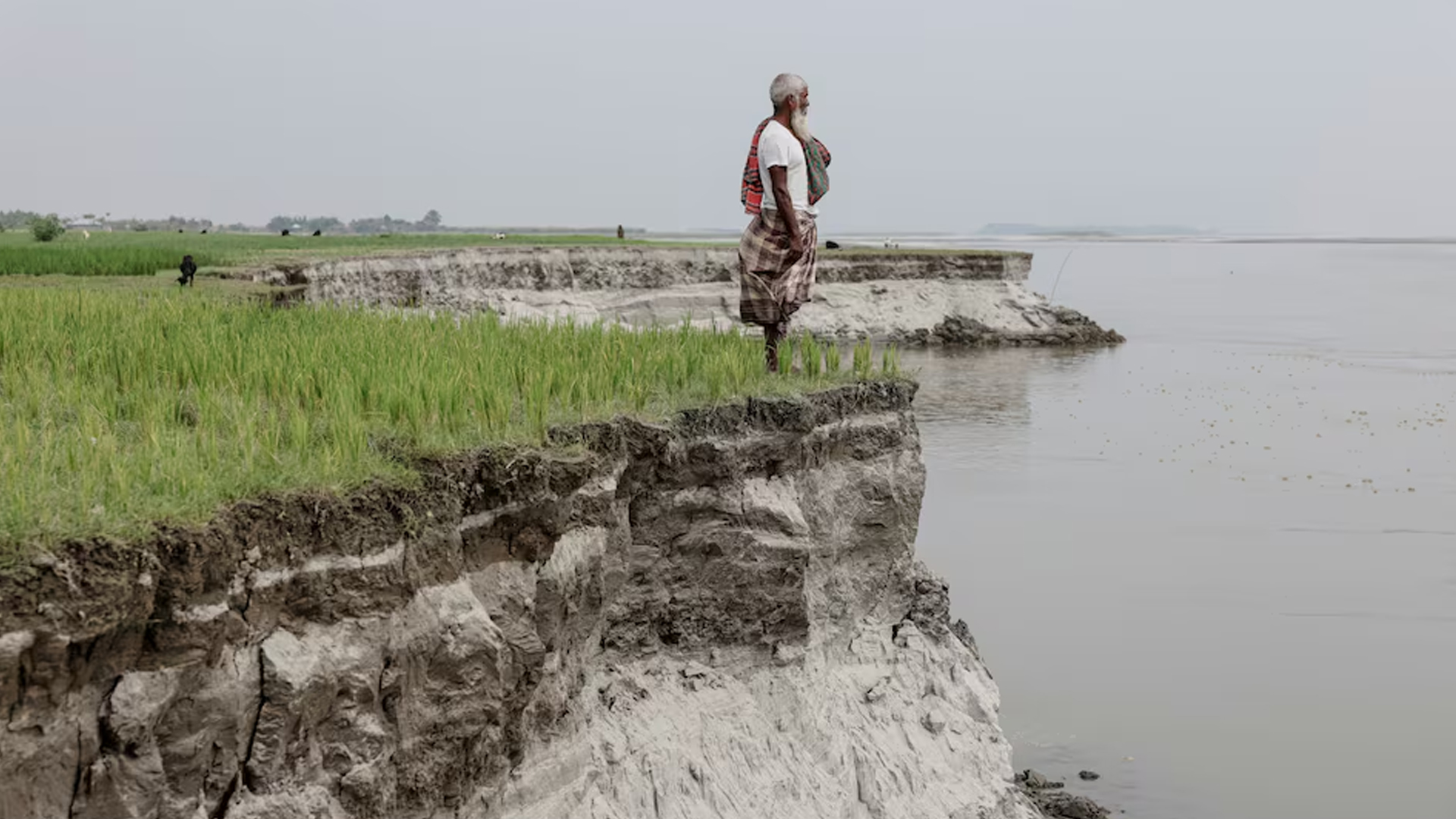HOSTAGE EXCHANGE RECASTS THE GAZA CEASEFIRE

Ceasefire mechanics and what was exchanged
The fragile ceasefire in Gaza took on new meaning today as the last 20 living hostages were released by Hamas, while Israel began freeing hundreds of Palestinian prisoners under a negotiated exchange. The process unfolded in phases, with buses and ambulances moving through strict checkpoints as monitors verified names against agreed lists. The handovers offered a rare moment of relief after two years of relentless fighting that leveled neighborhoods and sent families across Gaza and Israel into prolonged uncertainty. Officials on both sides stressed that the exchange is contingent on continued calm, and that any serious violation could halt further releases or humanitarian steps.
Independent observers described a complex logistical choreography behind the deal. International mediators coordinated timings, escorts, and medical screenings to reduce the risk of flare-ups. Aid organizations positioned trauma counselors and medical staff at reception points for the returnees. The exchange also reopened limited humanitarian access corridors, allowing additional food and medical shipments to enter Gaza. Yet the ceasefire remains tenuous. Each side continues to accuse the other of bad faith, and negotiators face the harder question of what comes next.
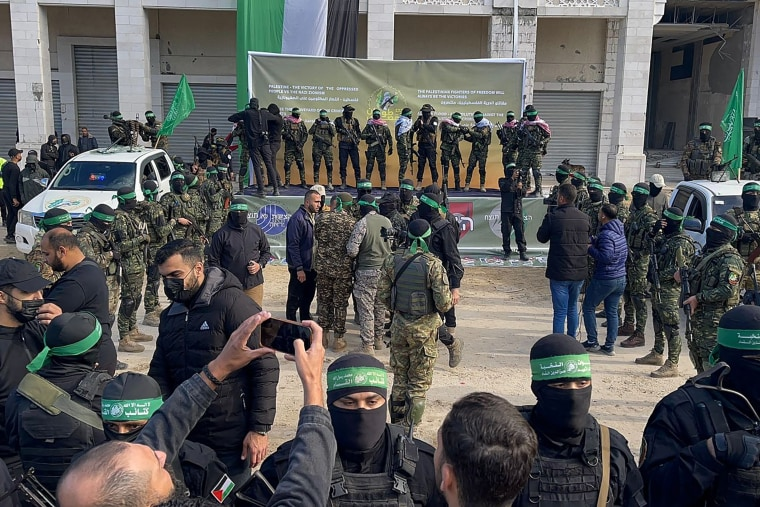
Reactions, verification, and what the deal does not resolve
Families of the hostages and prisoners greeted the news with a mix of joy and exhaustion. Television footage captured reunions in hospitals and staging centers, where doctors evaluated those returning from captivity for dehydration, infection, and stress injuries. In Gaza, families waited outside prison gates and community halls, preparing celebratory meals and receiving relatives long absent from home. Rights groups urged all parties to publish comprehensive lists of those released, along with dates and conditions of detention, to ensure transparency and prevent re-arrests without due process.
The political repercussions will ripple for weeks. Leaders in the region face competing pressures: to bank the humanitarian gain, to claim credit, and to frame the exchange as a step toward broader talks. Diplomats warn that the ceasefire and releases, while significant, do not resolve core disputes—borders, security guarantees, governance in Gaza, and accountability for wartime actions. Nor do they settle the fate of missing and deceased captives whose families still seek answers. Mediators are pushing for continued pauses to expand aid deliveries, clear unexploded ordnance, and reconnect critical infrastructure. For now, the day’s events provide a narrow opening, and a reminder that negotiated steps—however imperfect—can still save lives.


